Berlin, Day 3: Computer Game Museum, Ostpaket, Humboldt Box, Berlin's Oldest Restaurant, DDR Museum
- By Robyn Lee
- Jul 13, 2012
- Comments
For an overview of my trip to Berlin that took place from April 5 to 12, check out this introductory post. I'm a total noob when it comes to Berlin and German history, and all German translations I've presented are done with Google Translate; if I've written anything that's wrong, please let me know!
I can't tell you how many times I mentally punched myself over this post taking OVER THREE WEEKS to write. It's no prize-winner; it's just really long. Long enough to be two posts, in which case the lag seems less shitty, right? Ok.
Here's the course I take every morning through my local subway station in Brooklyn: descend stairs, turn right, swipe Metrocard, walk through turnstile, turn right, walk past benches, wait for train.
During my vacation, this was my morning course through Nollendorfplatz station: walk through northwest entrance, turn left, BASK IN THE SWEET, SWEET GLOW OF THE LAFINO BAKERY STAND AND BUY A SANDWICH!!, ascend/descend stairs depending on what train I want to take, wait for train.
The second one wins. If I regularly commuted through Nollendorfplatz, the stand would just blend into the background, but to me—tourist, lover of cheap sandwiches, unaccustomed to the convenience of baked goods for sale inside a metro station and intent on taking advantage of that convenience while ignoring that low-wheat diet thing I was on before the trip—it was the highlight of my morning. I could happily walk to the station from the hotel knowing my reward would be a €1 sandwich.
...Along with a fantastic, easy to use, state-of-the-art network of trains that could take me just about anywhere I wanted to go in Berlin.
But...sandwich.
As I said in my last post, it's not like Lafino's sandwiches are anything special—but in the context of my trip, they were. Yesterday's was ham, lettuce, cucumber, and mayo on a baby baguette (baguettini?); today's was hard boiled egg, lettuce, cucumber, and mayo on a baby baguette. I downed it before Kåre and I got to our first stop of the day...
Computerspielemuseum, a museum dedicated to computer and video games. It's not exactly a must-visit in Berlin, but if you like games, you'll probably enjoy it. And while I'm not an avid gamer, I soaked in enough gaming culture/experience through my older brother (THANKS, LITERAL BRO) that the museum was a fine trip down the memory lane of my sedentary, eye-straining childhood. ...And it was educational and fun and stuff.
The display of videogame consoles over the years struck me with nostalgia even though many of them were before my time or unfamiliar to me. The clunkier the design, the more I wanted to give it a huuuug. And take it home.
Anyone else play Game and Watch as a kid? My mom had a couple of them that I ogled over like a pirate does over shiny, sparkly jewels. Probably not so much because of the game, but because of the sleek, compact design of the console—more elegant than those Tiger handheld games that were all over the place in the early '90s, at least.
"Back in mah day, we could only play Wipeout in 2D."
Most of the '80s "Game Milestones" are unfamiliar to me, but I recognize almost everything after. (Did anyone else have a slight Myst obsession? I was really into it until I realized I would never beat it.) I'm guessing my brother taught me well.
One of the most interesting parts of the museum was the Poly Play arcade game (more info at andysarcade.net and arcade-museum.com), the only machine of its kind made in East Germany (which I'll refer to here on as the GDR, German Democratic Republic), circa 1985. ...And the only arcade game in the GDR. (According to arcade-museum.com, it was the GDR's second video game; the first was the Pong-like game BBS 01, which seemed to be for home use as opposed to the coin-operated arcade game Poly Play.)
We tried a few of Poly Play's seven games (or more; Wikipedia lists eight games, but photos I've found of the menu show seven), like Wasserrohrbruch ("Water Pipe Burst") where the goal is to prevent a cavernous cellar from flooding by catching drops of water from the leaky ceiling in a bucket and tossing the water out the window. Are you enraptured by the thrill of poor plumbing*? THE GDR SAYS YES.
* I guess the leak may not be due to poor plumbing. Maybe the world's largest water bed exploded on the floor above.
Hase und Wolf (Hare and Wolf) is like Poly Play's version of Pac-Man, but instead of a yellow circle you're a yellow disembodied rabbit head trying to avoid disembodied wolf heads while eating carrots, pears, and peas.
The museum also has a handful of non-communist-approved arcade games of yore. This is where I confirmed that I'm really bad at Asteroids.
We could've spent more time at the museum playing games—the last thing I did was play a bit of Sonic the Hedgehog very poorly—but we had to move on and expand our German cultural horizons...
...by getting currywurst at the famed Konnopke's Imbiß. At least, that was my plan before reaching Alexanderplatz and finding out the U2 line was borked, meaning we'd waste too much time trying to get to Konnopke's. So, on to the next stop...
Ostpaket, a shop specializing in products popular in former East Germany: toys, toiletries, books, kitchen and bathroom supplies, chocolate, candy, beverages, jams, and more for those hit with Ostalgie (nostalgia for aspects of life in East Germany) or curious people like me who hardly know anything about the GDR. The name translates to something like "package from the East." As soon as I read Dumneazu's recommendation for it, I put it down as a "must visit."
Despite the wide selection of chocolate and candy, my indecisiveness resulted in buying just one bar of Schlager-Süsstafel (its package—barely changed from its GDR days, I'm guessing—clearly had the best design), a chocolate and peanut bar originally produced in the GDR starting around 1970. According to Wikipedia, the bar used to be only 7 percent cocoa due to the lack of raw materials. Today the bar is 32 percent cocoa and probably doesn't taste much like it used to, surely for the better, but maybe not for those longing for a taste of East German pseudo-chocolate. Today's version tastes fine; nothing memorable, but not bad for a cheap (€0.80) chocolate bar. I prefer it over Hershey's chocolate.
You'd stop if you saw this sign too, right? On our way from Alexanderplatz to Museum Island, we paused a Wehrmeister, a clothing store for ginormous dudes. They've gotta shop somewhere.
We headed to Museum Island to check out the Pergamon Museum, but after walking along the full length of the long, slow-moving ticket line—at least a 30 minute wait, we estimated—we abandoned that idea for another day.
And yet, on an island full of world-renowned museums (ye know, hence the name) all worthy of our patronage, we had really only planned on going to the Pergamon, and thus...we didn't go to a different museum.
Before figuring out what to do next, I took a photo of these pipes. In Berlin you'll inevitably come across some part of their towering, sometimes oddly twisting network of above-ground pipes, mostly bubblegum pink, but sometimes sky blue as seen here. At first they look like they're part of an art installation, until you realize there are far too many pipes for them to be useless. What the hell are they for, aside from confusing tourists? According to many pockets of the Internet, such as this photographer who shot a nice series of pink pipe photos, they're for draining water out of the ground at construction sites (so, thankfully, not conduits for sewage). Since Berlin is built on a swamp, they use roughly 500 shittons* of pipes.
* Not yet a measurement accepted by the BIPM.
And now that I've destroyed any imaginative explanations you could've come up for the pipes, they're probably not as interesting as they were when shrouded in mystery. Sorry.
The granite bowl in front of the Altes Museum in the Lustgarden is definitely more interesting once you know its backstory (which I'll summarize with the help of Berlinoxx). Otherwise, it's just a huge granite bowl. And while obscenely huge versions of normally small things certainly tickle the human fancy, this probably did a better job of that back in 1827 when it started to take form at the request of King Friedrich Wilhelm III. As kings are wont to do, Wilhelm wanted to build the biggest granite bowl in the world and display it in all its huge bowl glory in the Altes Museum. With today's roads, the distance between the source of the pre-bowl-boulder, Rauensche Hills, to the center of Berlin is roughly 70 kilometers. Whatever the route was back then, it took six weeks to get the boulder to the Spree river, at which point the boulder was put on a barge. And then it was smooth sailing/barging...until it came to a bridge it couldn't fit under, resulting in part of the bridge being chiseled out to accommodate the boulder.
Blahbleeblahblooblah [hits fast forward button], seven years after the blasting of the mother boulder, the roughly 70-ton bowl was finally finished on November 10, 1834. Dimensions (from armchairtravelogue.blogspot.com): 6.9 meter diameter, 21.7 meter circumference. The bowl was finally ready to take its home in the rotunda of the Altes Museum as planned! If the bowl could feel emotions, it would've be super excited!
...AND THEN HORRIBLY CRUSHED, because the bowl ends up being too large to fit into the museum.
And that's why it's right outside the museum (aside from when, as armchairtravelogue.blogspot.com explains, it was moved during the Hitler era to accommodate Hitler's rallies in front of the museum), where it sits in the shadows of the home it may never ever enterrrrrrrr.
And where it can be the backdrop for photos like this one.
To kill time until dinner, we went in the Humboldt Box, the teal, hexagonal-ish chunk of a building facing the Altes Museum from the other end of the Lustgarden. I find it a bit of an eyesore in the context of Museum Island, but if its job is to grab hold of passersby's attentions and making them wonder, "What the hell is that?" then, by golly, A+. And thus Kåre and I went in and found out what the hell it was.
You may notice that there's a vast, oddly barren area around the Humboldt Box. The Box's first exhibition tells you why: because it used to be the site of a freakin' huge Prussian royal palace, the Stadtscholss. It suffered some damage during WWII, but instead of repairing it, the GDR decided to demolish it in 1950. In 1976 the space became the site of the less palatial Palast der Republik, home to the GDR's parliament and a cultural complex of restaurants, a bowling alley, art galleries, and more. It was closed in 1990 due to asbestos contamination, and from 2006 to 2008 it was demolished.
So what's next? The Stadtschloss is going to be semi-reconstructed as the Humboldt Forum featuring reconstructions of three of the palace's original facades and a new interior. The cost: €590 million. Opening date: 2019. (You can read more details at sbs-humboldtforum.de/FAQ.) An ambitious timetable, considering there's hardly anything there now.
Other floors in the Box contain different exhibits unrelated to the Humboldt Forum. I don't remember what they all are; it seemed a bit random, but nicely presented. Humboldt-box.com says they represent "a kaleidoscope of impressive examples out of science, art, culture and the new global society." Mmmmhmmm...[nod].
And, of course, you get some nice views.
For dinner, we met up with Diana at Zur Letzten Instanz, famous for being the oldest restaurant in Berlin, open since 1621 (there's a nifty slideshow of the restaurant through the years here). Since we didn't have a reservation we only had a little over an hour to eat—we arrived around 6:30 and were asked to be done at 7:45—but that was the only downside to the meal. If you don't want to rush, you should make a reservation.
The menu gives some background information on the restaurant's name:
One of the prince-elector's retired servants opened a tavern here in 1621, laying the foundations of this restaurant. The restaurant changed its name after the courthouse was built nearby in Littenstrasse, in about 1900. Two farmers, who had been involved in a long-winded lawsuit eventually settled their differences during a merry booze-up "in letzter Instanz" (in the last instance), thus the new name was born.
First up: complimentary bread basket with lard spread.
And then grilled pork knuckle with spiced red cabbage and potato dumplings topped with butter crumble (€15). (On the menu it's called "Einstweilige Verfügung," which Google translates to..."injunction." In line the the restaurant's backstory/proximity to the courthouse, all the main dishes are named after law terms.) I don't think the photo fully captures how much food was on my plate: it was about twice as much as I could comfortably eat. Naturally, I ate more than half, because it's hard not to in the face of a massive tender hunk of pork crowned with a thick, golden layer of crunchy pig skin. I'd eat it again.
Everyone else went with less gut-busting entrées that I didn't even think of tasting due to pork tunnel vision. Here's Kåre's "Berlin-style" veal liver with shallots, apples, and mashed potatoes (€18).
And Diana went with a small portion of the freshwater fish casserole (€15.50) with shrimps, small potatoes, and shallot butter.
We also received a second bread basket that was better than the first, this time filled with thick slices of soft biscuit-like bread and butter. GERMANY, I SURE LOVE YOUR BREAD.
During our meal a quick snowstorm passed by. Early April = cold times!
Getting shoo-ed out of the restaurant early was for the best since it gave us more time to roam around our last stop: the DDR Museum (that is, Deutsche Demokratische Republik, not the...other...DDR) dedicated to showing everyday life in East Germany (and conveniently open until 10 p.m. on Saturdays).
The DDR Museum is great if, in addition to having a thirst for knowledge about East Germany, you love opening drawers and doors. Because you'll be doing a lot of that while roaming around the museum. The museum's unique set-up encourages reading about the exhibits by making you pull out a drawer or open a door to access the information; sometimes the artifacts are behind a door/inside a drawer, too. If it's human nature to be more interested in things that require pulling/sliding to be uncovered, then I'm like 5000 percent human. I'm not sure it was my goal to read everything as much as it was to open everything, the byproduct of which was reading everything.
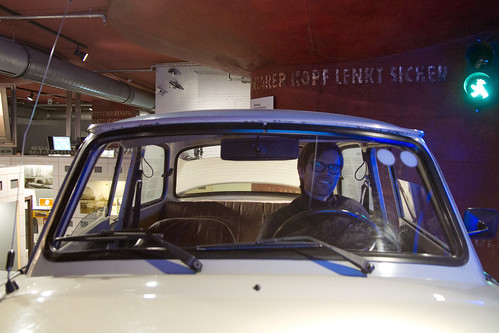
- Kåre in a Trabi.
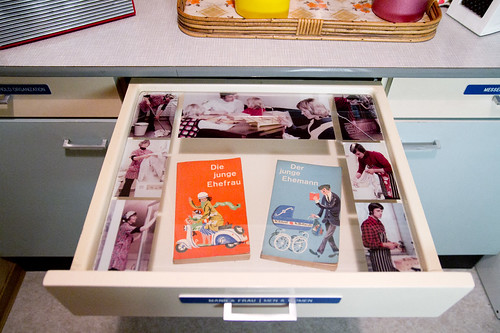
- Guides for young wives and husbands.
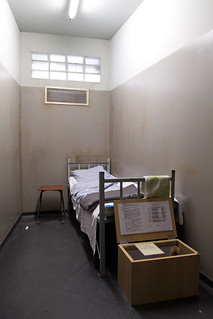
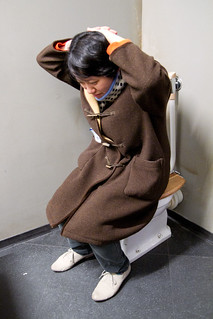
- You know what they say; if you're going to get one photo of yourself in a museum, it should be on a toilet.
The more interactive part of the museum is that you can touch many of the things on display. You can hop in a Trabi, poke around the drawers and cupboards of a GDR apartment, sit in a prison cell (complete with prison cell sound effects, if my memory is correct), pretend you're getting interrogated by the Stasi, and more—FUN FOR THE WHOLE FAMILY. Really, it's quite fun. It's like a children's science center without the blood vessel tunnels and indoor tornadoes and lasers and giant Hoberman spheres and science.
Lastly, here's a dove with a cute lil' combat hat nestled in a cute little nest studded with bullets with the message, "Der Frieden muss bewaffnet sein!" ("Peace must be armed!"). My understanding/what Societ Policy in Eastern Europe tells me is that GDR authories came out with this slogan as a response against East German peace groups. There's waaay more information behind that, but I'm going to leave it there so I don't spend another hour reading up history that I am terrible at comprehending. (There's also more info on this German Wikipedia page, which I squeezed through the Google translate wringer, resulting in some semi-comprehensible moogleygoogly.)
I capped off my night with my first cup of bubble tea in Berlin (where bubble tea is so popular even McDonald's sells it), from the Samui bubble tea and noodle stand in the Nollendorfplatz station. I went with my standby, taro (€3.30), but I didn't realize that the nice man behind the counter had guided my order into popping boba territory. Popping boba is pretty much what it sounds like: boba that pop...because they're little thin-skinned spheres filled with liquid—in my case, litchi-flavored. While I wouldn't say it was terrible, I'm pretty sure I'll never order it again. After you pop the boba, you're left with deflated, gummy skin flaps that fulfill their purpose of holding liquid and being edible, but not much more.
If you made it this far, THANK YOU! I thought I'd never reach the end. I wish I had something to reward you with, but I'm plumb out of gold nuggets and vials of unicorn tears. So, for a not nearly as good prize, here's a doodle I drew last night when I was the last one at the Serious Eats office.

- The balloon senses something is off.
...I'm not actually that sad looking/feeling. Besides I DO NOT HAVE TIME TO PARTY IF I AM TO FINISH THESE POSTS BEFORE I DIE.
Addresses
Computerspielemuseum
Karl-Marx-Allee 93a, 10243 Berlin, Germany (map)
030 60988577; computerspielemuseum.de
Ostpaket
Karl-Liebknecht-Straße 13, 10178 Berlin, Germany (map)
030 28884518; ostpaket-berlin.de
Humboldt-Box
Schlossplatz 5, 10178 Berlin, Germany (map)
0180 5030707; humboldt-box.com
Zur Letzten Instanz
Waisenstraße 14-16, 10179 Berlin, Germany (map)
030 2425528; zurletzteninstanz.de
DDR Museum
Karl-Liebknecht-Straße 1, 10178 Berlin, Germany (map)
030 847123731; ddr-museum.de
Related
A Summary of My Vacation in Berlin
Berlin, Day 1: Dessert for Lunch, Sandwich for Snack, Schnitzel for Dinner
Berlin, Day 2: Three-Hour Guided Tour, Ice Cream at Fräulein Frost, and Dinner at Hasir
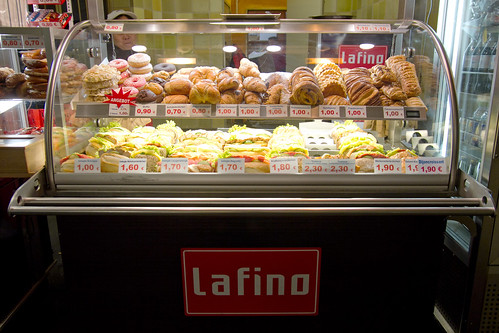
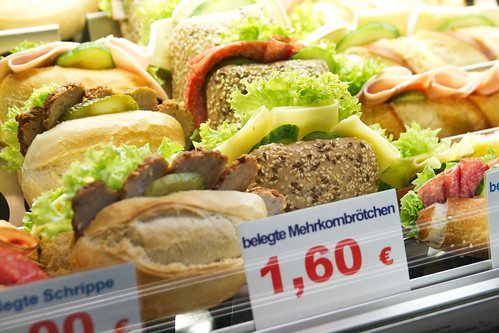
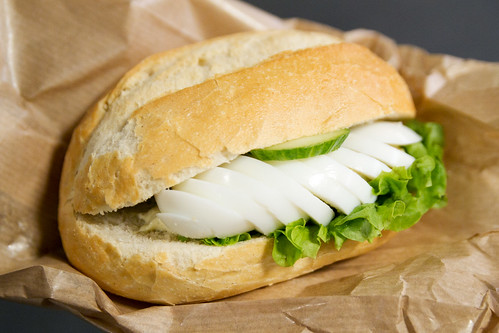
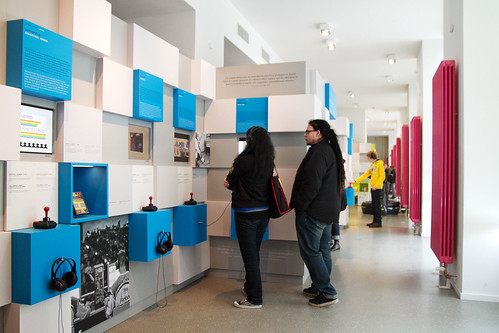
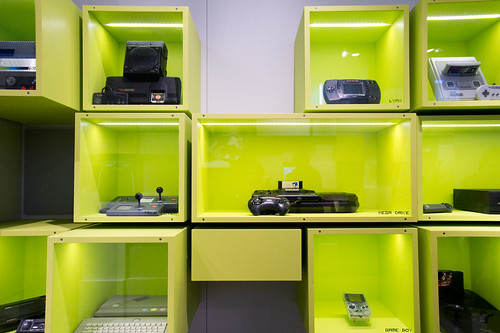
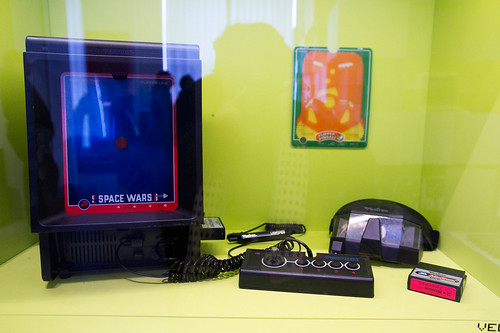
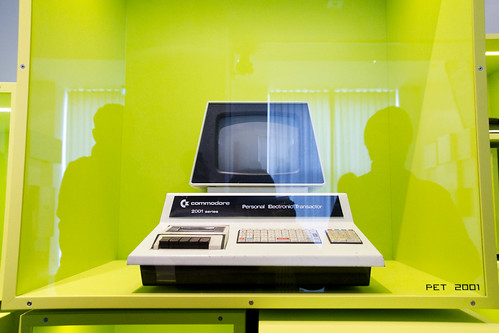
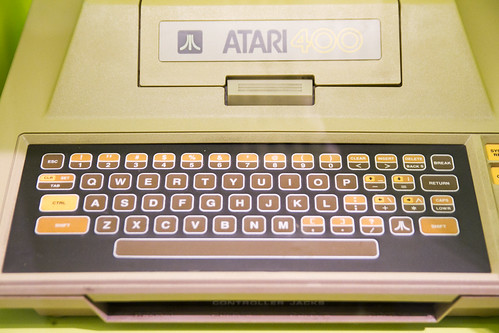
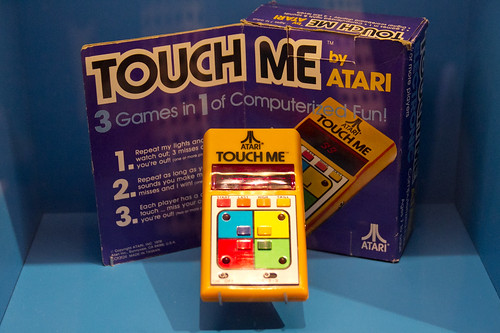
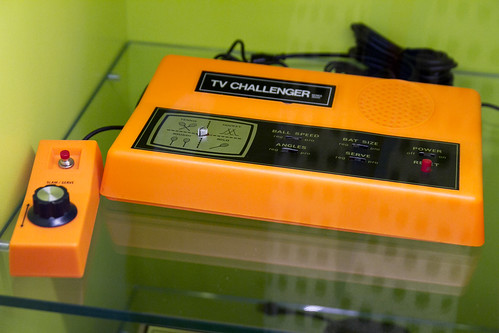
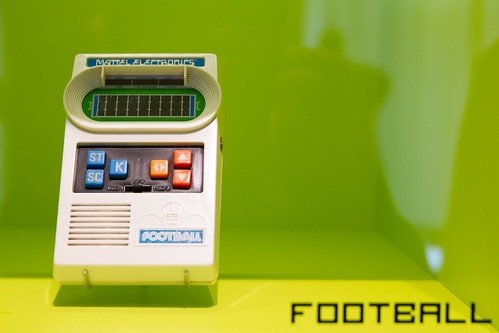
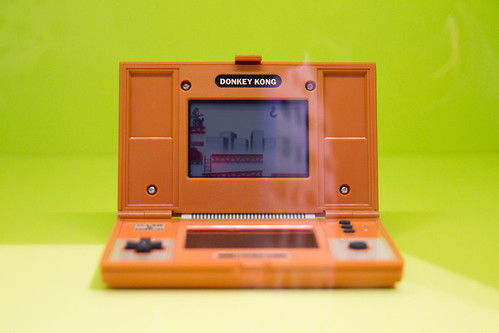

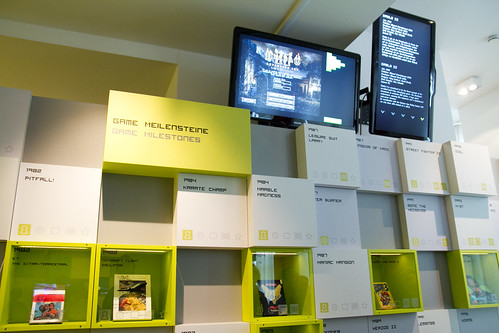
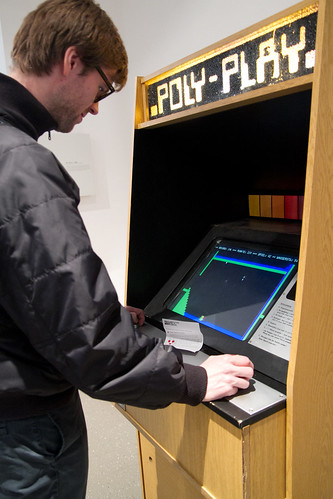
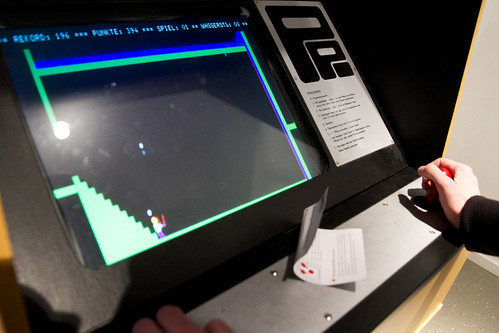
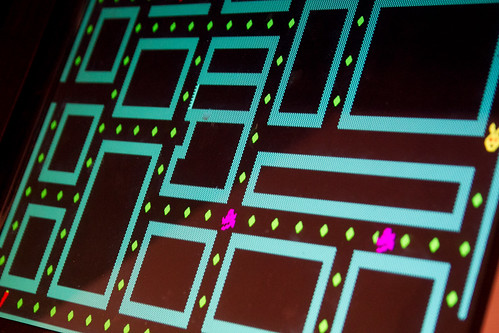
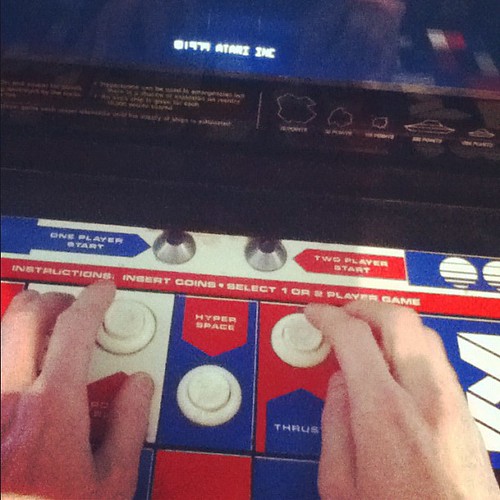
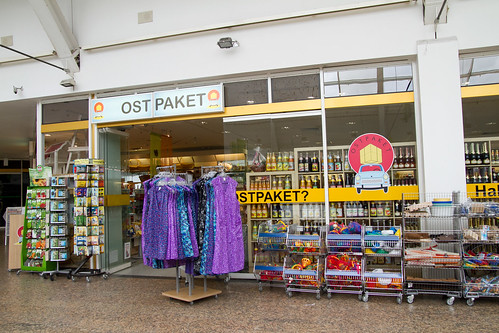

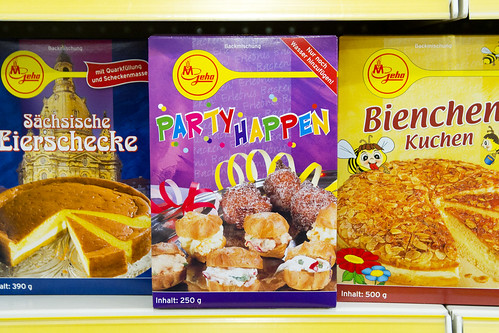
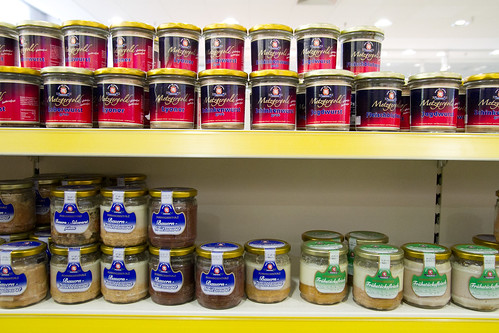
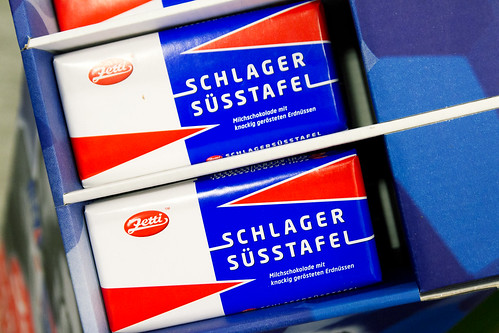
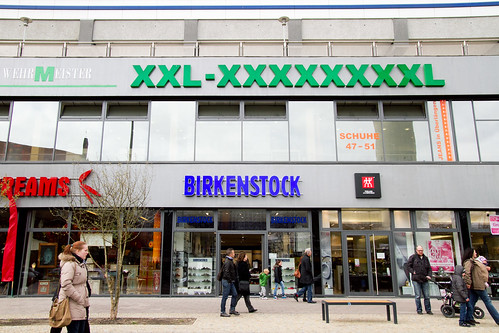
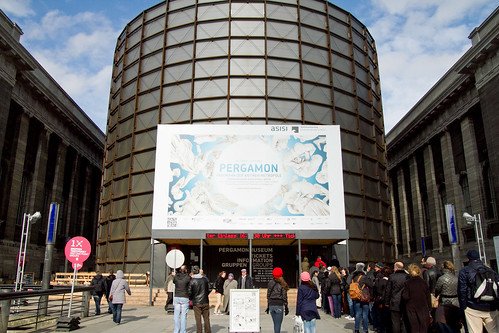
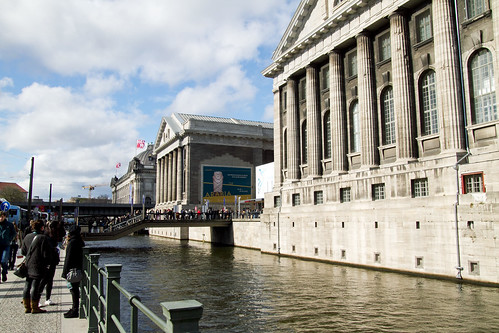
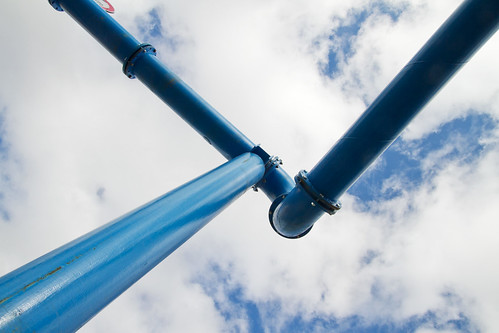
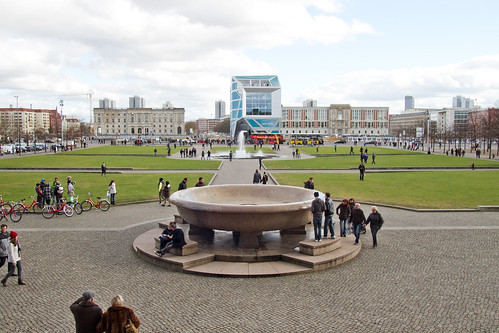
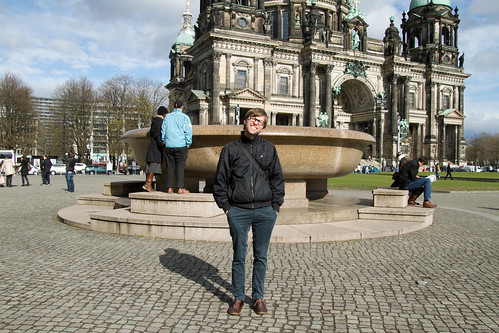
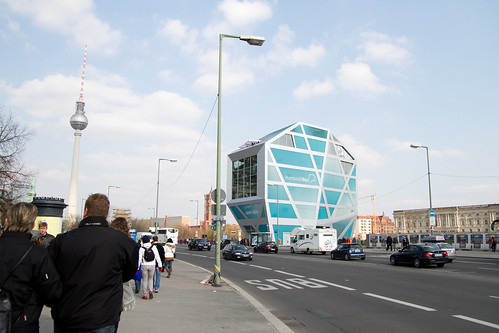
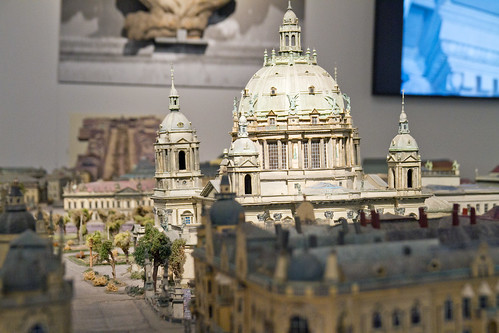


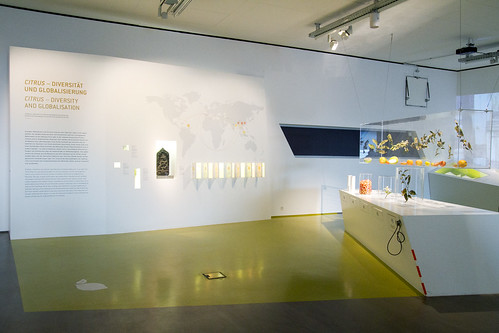
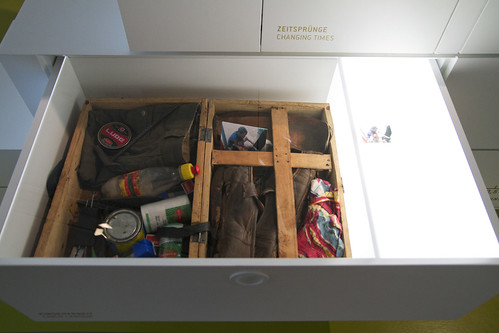
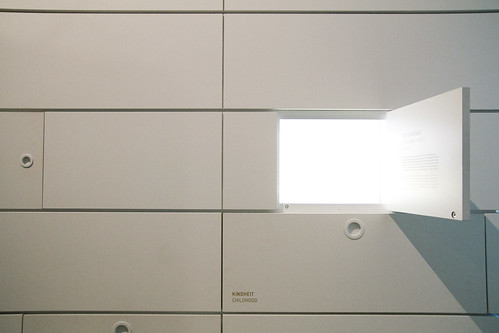
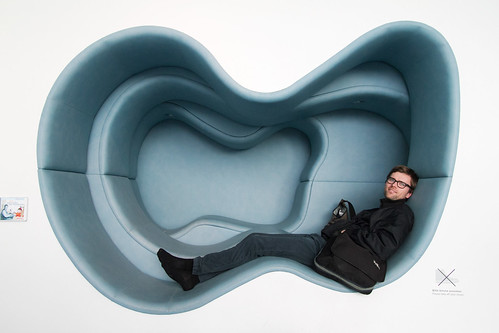
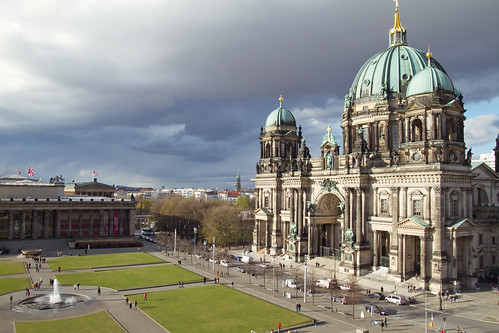
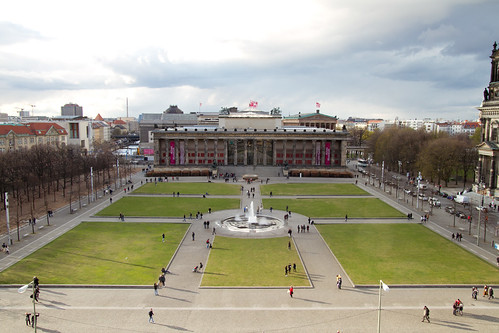

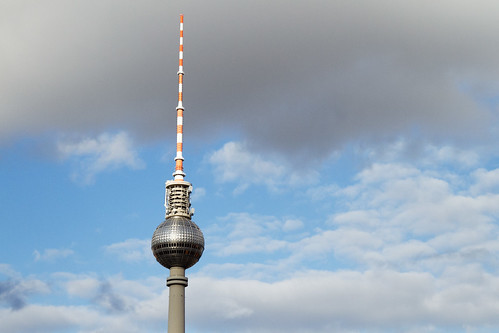
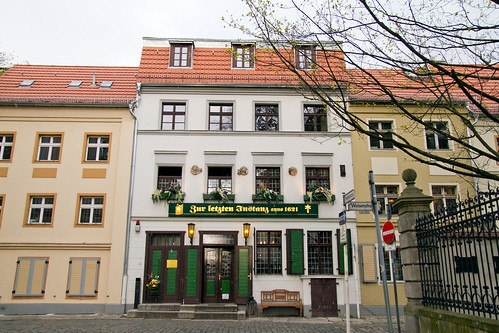
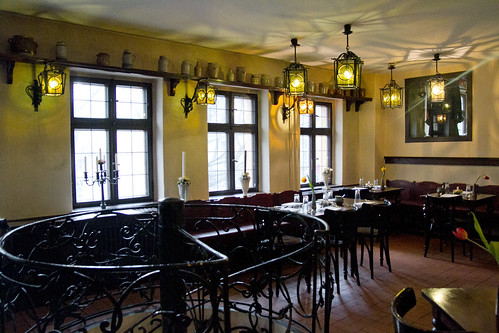
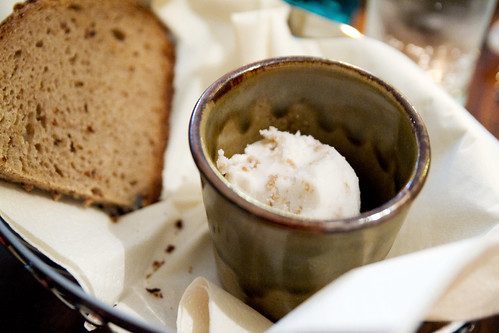
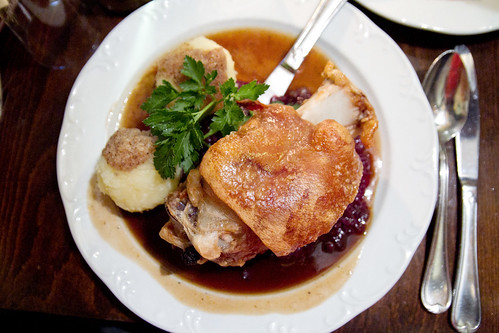

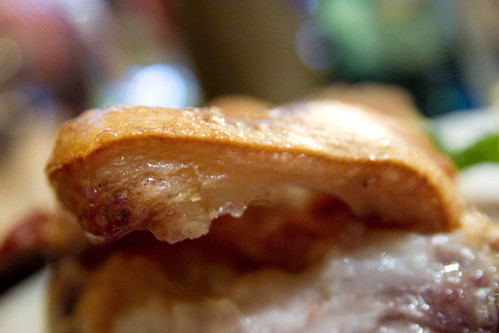

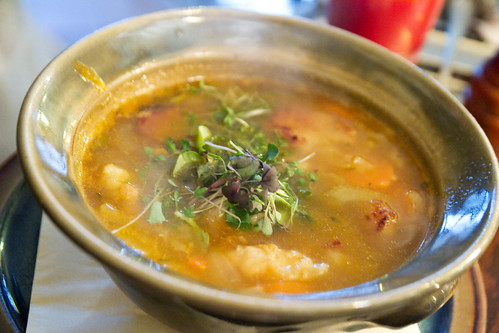

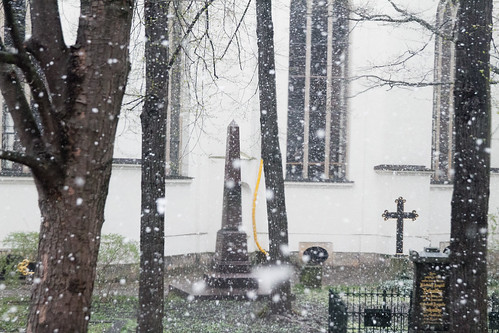
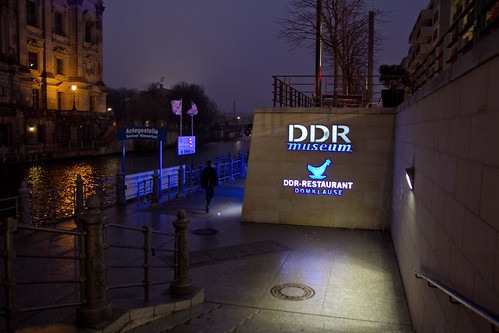

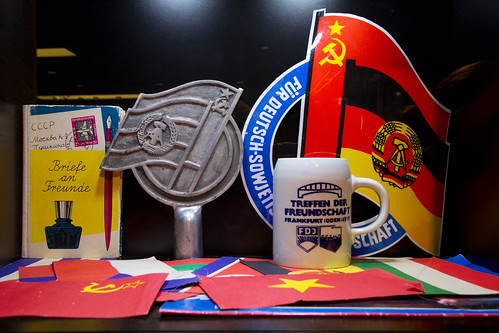
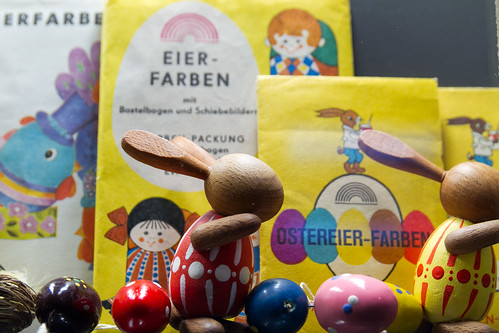

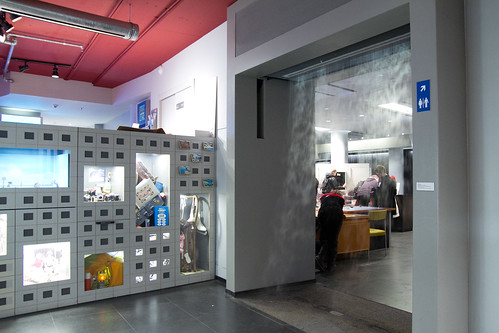

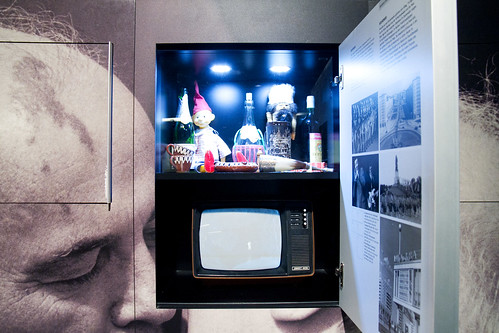

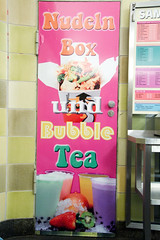
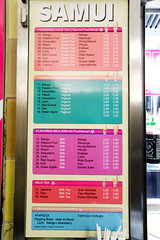
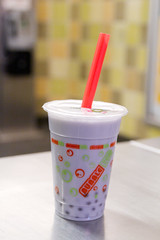
Comments
You are so funny, great post and beautiful pictures! I went to Berlin for the first time mid-May and it was HOT (32 degrees celsius). I LOVED the city, so vibrant and full of history. I can't wait to go back. Unlike you, I really don't like the taro bubble tea though..I loved those boba pearls during that hot weather, amazingly refreshing.
Ok. I was kind of tempted by the ComputerSpiel museum, but judging by photos and description it might be a little too nerdy for me ^^
Aw, I didn't visit any museums when I was in Berlin, and I also totally missed these 1 euro sandwiches, but this post makes me happy!
I just discovered your blog. So much food !
And your trip to berlin looks cool. Before reading you I never thought about going there.
Caroline: Thanks! I think I prefer the colder weather to 32 degree weather, but I heard Berlin is great in the spring.
Federico: Hehe...I guess if it didn't please game nerds, it wouldn't be a very good museum. ;) But I don't think it's TOO nerdy. If you go, let me know what you think.
Sabrina: Yay, glad it made you happy! At home I rarely go to museums, but on vacation it's like a contest to see how many I can shove into my schedule.
Juju: Thanks for reading! I wouldn't have thought of going to Berlin if Diana didn't ask me...so glad my friends are more adventurous than I am.
That pork knuckle....must have that pork knuckle.
Gosh, we need to visit Berlin.
whoa, weird that boba is so popular there! i wonder how that happened.
I've heard from many sources that Germans don't have much of a sense of humor, but I found your post very funny! Mainly the part about sitting on a toilet in a museum and the naked diorama! I'm not big into video games, but I would really enjoy myself in the computer and video game museum you went to. I also like the picture of Kare sitting in the exhibit at the Humboldt Box. He looks very relaxed. I can't wait to read more about your trip to Germany!
Those pipes! So hard to find info on Google. I imagine you really DUG into the web to even find that photographer's gallery post.
Fascinating city. Was just talking about it over with a coworker. I'd revisit and visit other cities of Germany, like Munich.
Su-Lin: Yuuup, that pork knuckle is good stuff...although probably not as good as crispy pata. :)
Janet: Yeah, I wonder too. Seems to be a fairly recent thing (McD boba happened after I came back). Unfortunately, lots of boba shops = lots of subpar boba, I'd guess.
Alyssa: If you want a funny German, you've gotta check out DJ Flula. One of my most fave people ever. Hope you agree!
eatyourheartout: I can't believe I didn't take more photos of the pipes, ahhh! So many chances. I'd like to revisit too (not just for the pipes).